History of Magnesium Oxide Boards
Magnesium oxide-based cements are some of the oldest building materials in the world, likely seeing their first use around the same time as gypsum. Unlike gypsum plasters, however, magnesium oxide-based cements can be very strong and durable.
Magnesium-oxide cement was first used as a mortar component and a stabilizer for soil bricks.
The history of magnesium oxide as a building component stretches all the way back to the construction of the Great Wall of China. Magnesia was traditionally mixed with mortar for the primary purpose of masonry construction. In the twentieth century, cheaper alternatives (like gypsum, plywood, and Portland cement) to magnesium oxide were made available to the builders.
However, about two decades back, magnesia made its return in the form of sustainably-manufactured MgO boards. Because of the benefits these boards offered, they quickly became a top choice for builders, outranking boards made of gypsum and Portland cement. Ever since it hit the markets, the magnesium oxide board has remained the best material choice for construction purposes.
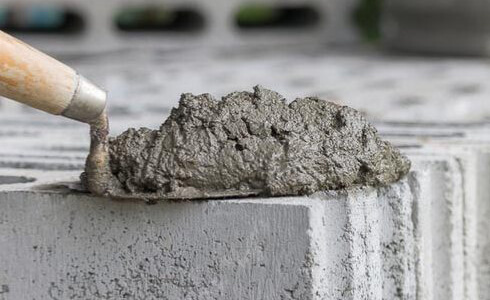
Few Ancient Examples of Magnesium Oxide
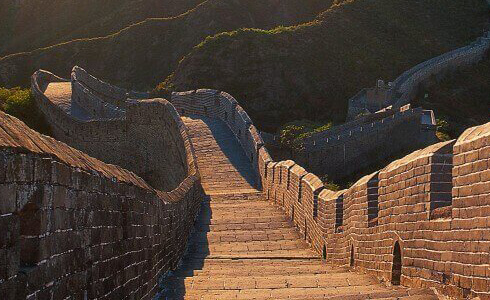
Great Wall of China
The Great Wall of China is an ancient series of walls and fortifications that were built across the historical northern borders of ancient Chinese states and Imperial China as protection against various nomadic groups from the Eurasian Steppe. It is the longest structure humans have ever built. It is about 21,196 kilometres long, 9.1 metres wide and 15 metres high. Perhaps the most recognizable symbol of China. The construction materials of the Great Wall were mainly earth, stone, brick, and mortar (Magnesium-oxide based cements). For the Beijing Olympics mago boards were used extensively as the premier material to make the games more environmentally sustainable.
Taipei 101
The Taipei 101 formerly known as the Taipei World Financial Center, is a supertall skyscraper located in Taiwan. This building was officially classified as the world's tallest from its opening in 2004 until the 2010 completion of the Burj Khalifa in Dubai, UAE. It uses MgO Boards on every wall and ceiling inside and out for decoration and fire proofing. It received a Platinum rating under the LEED certification system to become the tallest and largest green building in the world. Its design incorporates a number of features that enable the structure to withstand the Pacific Ring of Fire's earthquakes and the region's tropical storms.
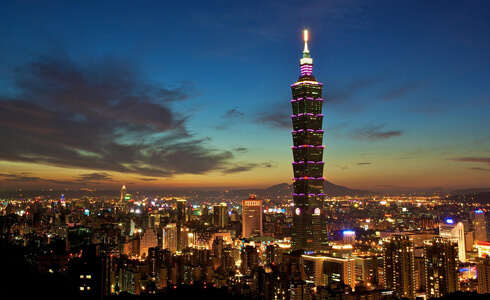
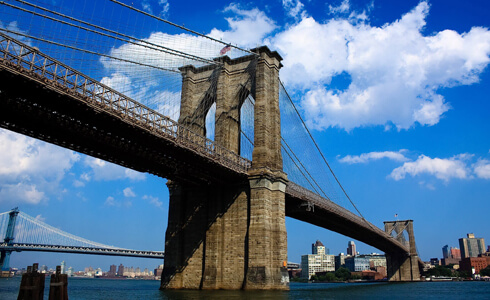
Brooklyn Bridge
The Brooklyn Bridge is a hybrid cable-stayed/suspension bridge in New York City, spanning the East River between the boroughs of Manhattan and Brooklyn. It was also the longest suspension bridge in the world at the time of its opening, with a main span of 1,595.5 feet (486.3 m) and a deck 127 ft (38.7 m) above mean high water. New York City's Brooklyn Bridge base is made from locally mined cement, a mixture of calcium oxide and magnesia cement commonly called Rosendale cement, the only natural non-fired cement made in the US. A major tourist attraction since its opening, the Brooklyn Bridge has become an icon of New York City.
Pantheon, Rome
The Pantheon is a former Roman temple, now a Catholic church, in Rome, Italy, on the site of an earlier temple commissioned by Marcus Agrippa during the reign of Augustus. It was rebuilt by the emperor Hadrian and probably dedicated about 126 AD. Its date of construction is uncertain, because Hadrian chose not to inscribe the new temple but rather to retain the inscription of Agrippa's older temple, which had burned down. The Pantheon is one of the best-preserved monuments of ancient Rome. Magnesium-oxide based compounds have been used for its construction purposes. Today, the Pantheon continues to function as a church, as well as a major tourist destination.

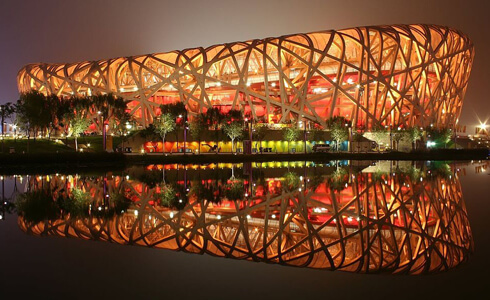
Beijing National Stadium
Another great landmark, constructed with magnesium oxide construction materials, is the 2008 World Olympics stadium in Bejing. A staggering 8 million square feet of MgO sheeting was used to built this unique stadium. The circular shape of the stadium represents 'heaven', while the adjacent square form of the National Aquatics Center (Water Cube) is a reflection of the Chinese symbol for Earth. The structural form of the stadium is popularly described as a 'bird’s nest', with its pattern inspired by Chinese-style 'crazed pottery'. As Beijing is located in one of the world’s most active seismic zones, architects ensure that the structure can withstand major shocks.